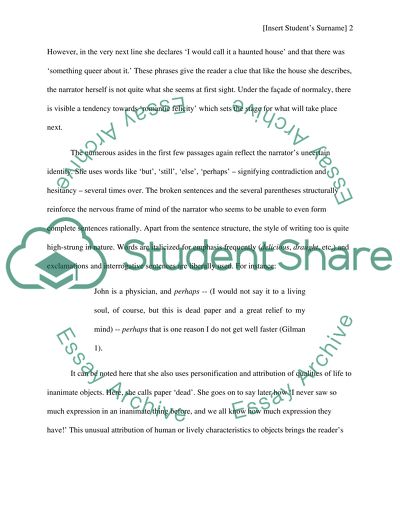Cite this document
(“The Yellow Wallpaper: The Rhetoric of Insanity Essay”, n.d.)
The Yellow Wallpaper: The Rhetoric of Insanity Essay. Retrieved from https://studentshare.org/literature/1435758-composition
The Yellow Wallpaper: The Rhetoric of Insanity Essay. Retrieved from https://studentshare.org/literature/1435758-composition
(The Yellow Wallpaper: The Rhetoric of Insanity Essay)
The Yellow Wallpaper: The Rhetoric of Insanity Essay. https://studentshare.org/literature/1435758-composition.
The Yellow Wallpaper: The Rhetoric of Insanity Essay. https://studentshare.org/literature/1435758-composition.
“The Yellow Wallpaper: The Rhetoric of Insanity Essay”, n.d. https://studentshare.org/literature/1435758-composition.


